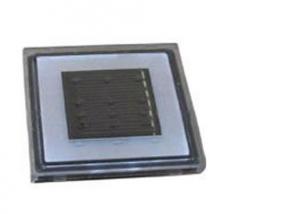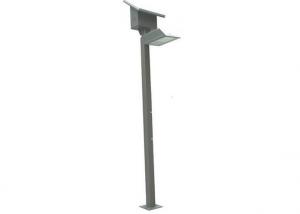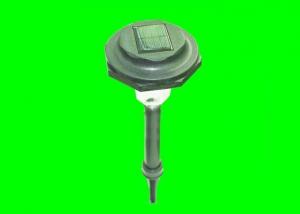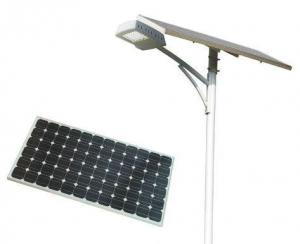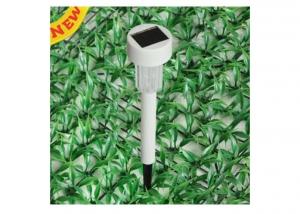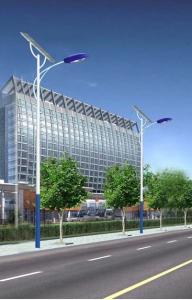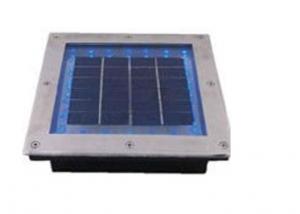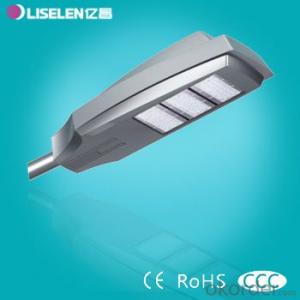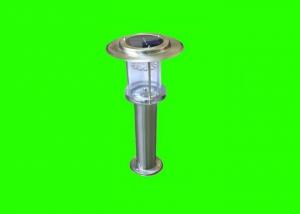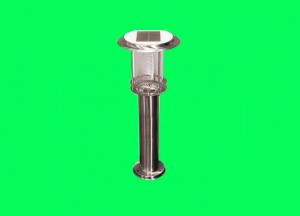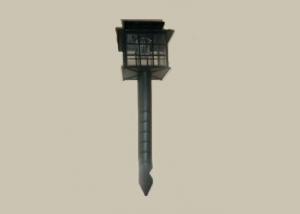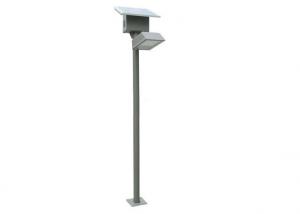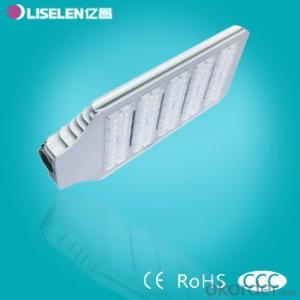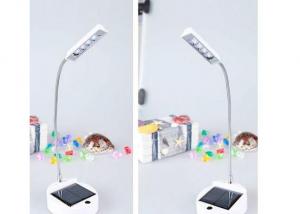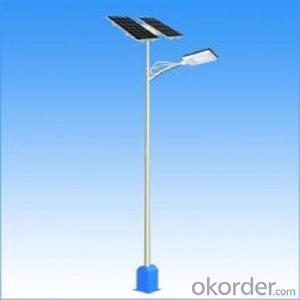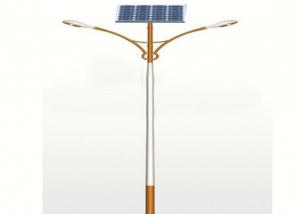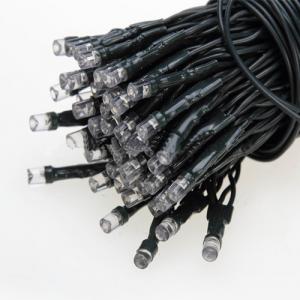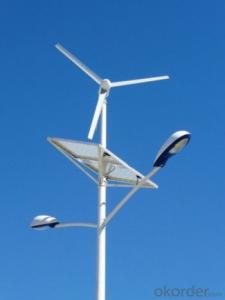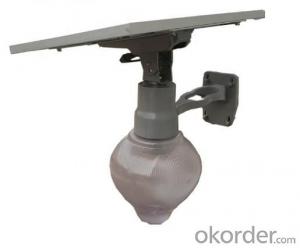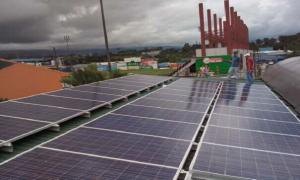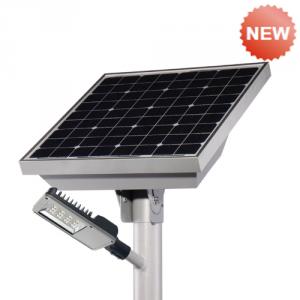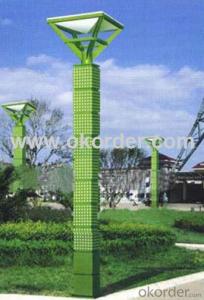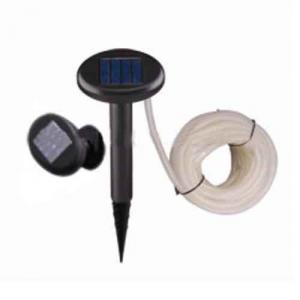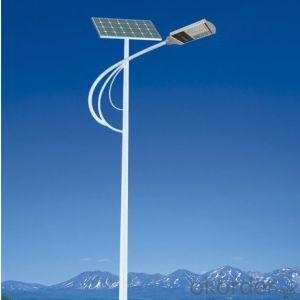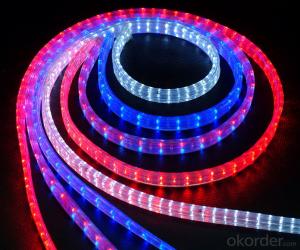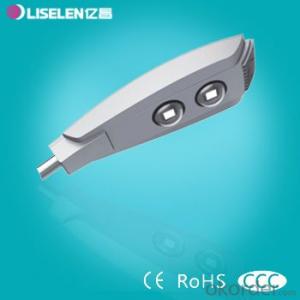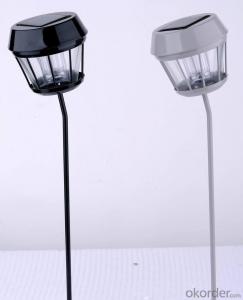Solar Edge Inverter Lights
Solar Edge Inverter Lights Related Searches
Solar Edge Inverter Led Lights Solar Edge Inverter Inverter Solar Edge Solar Edge Solar Inverter Solar Light Inverter Solar Edge Hybrid Inverter Buy Solar Edge Inverter Solar Edge Inverter Models Solar Edge Micro Inverter Solar Edge Inverter Specs Solar Edge Inverter Efficiency Solar Edge Inverter Wifi Solar Edge Inverter For Sale Solar Edge Inverter Spec Sheet Solar Edge Energy Hub Inverter Solar Edge Inverter Price Solar Electric Inverter Solar Edge Inverter Problems Solar Edge Inverter App Solar Edge Inverter Cost Solar Edge Inverter Uk Solar Edge Inverter Sizes Solaredge Solar Inverter Solar Energy Inverter Inverter Solar Panels Cost Of Solar Edge Inverter Solar Edge Hd Wave Inverter Solar Garden Lights Solar Edge 3 Phase Inverter Solar Energy Power InverterSolar Edge Inverter Lights Supplier & Manufacturer from China
Solar Edge Inverter Lights are a range of innovative products designed to enhance the efficiency and performance of solar energy systems. These lights are specifically engineered to work seamlessly with Solar Edge inverters, providing a reliable and efficient way to monitor and maintain the functionality of solar panels. By incorporating these lights into solar energy setups, users can easily identify any issues or malfunctions, ensuring optimal energy production and system longevity.The Solar Edge Inverter Lights are widely used in various applications, including residential, commercial, and industrial solar installations. These lights serve as a visual indicator of the system's status, allowing for quick and easy troubleshooting. In the event of a malfunction or reduced energy output, the lights will change color, alerting users to the issue and enabling them to take corrective action promptly. This feature is particularly useful for large-scale solar installations where monitoring and maintenance can be challenging.
Okorder.com is a leading wholesale supplier of Solar Edge Inverter Lights, offering a vast inventory of these essential products. As a reputable supplier, Okorder.com ensures that customers have access to high-quality, reliable Solar Edge Inverter Lights at competitive prices. With a commitment to customer satisfaction and a focus on providing the best possible products, Okorder.com is the ideal choice for those looking to purchase Solar Edge Inverter Lights for their solar energy systems.
Hot Products

